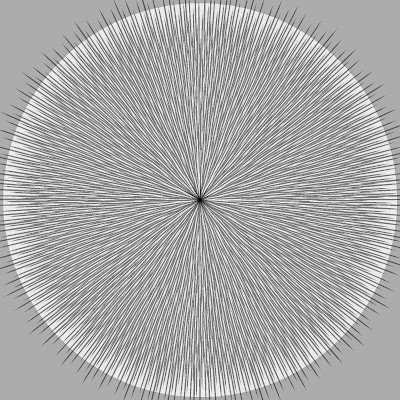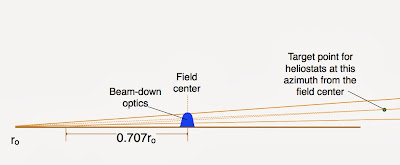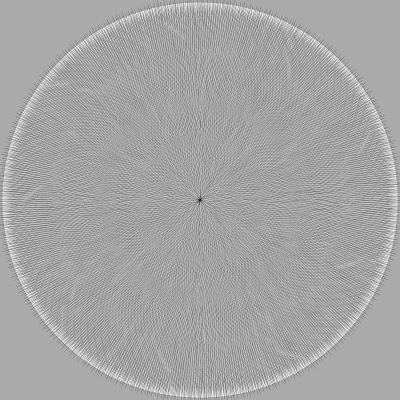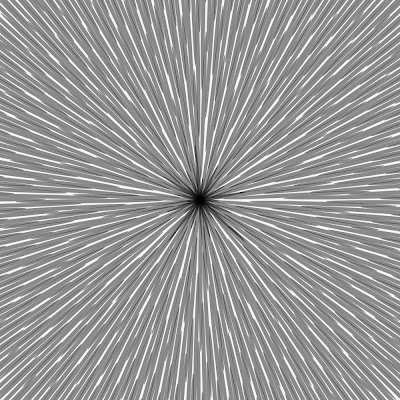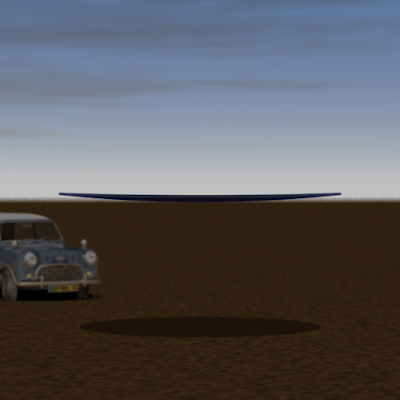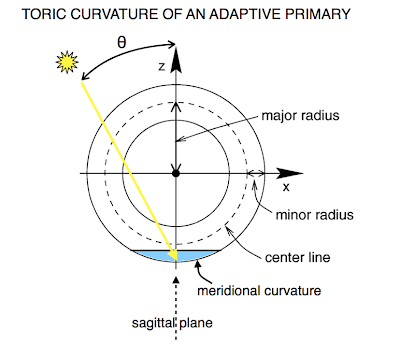 |
| Bending a thin-shell, initially spherical, primary mirror to accommodate the changing angle of solar incidence, θ, induces a toric curvature in the mirror. |
The primary mirror of a two-mirror heliostat must function over a wide range of the solar incidence angle θ: from θ ≈ 0° at summer noon, to θ ≈ 45° at sunrise and sunset. A unchanging mirror profile cannot handle this wide range of incidence angle. It is necessary for the primary mirror to change shape only slightly. Luckily,
simple thin-shell bending gives the correct range of profiles.
In the thin-shell bending of a surface, its Gaussian curvature—the product of the curvatures in the two principal planes (the planes that reveal respectively the maximum and minimum curvatures)—is constant. In a spherical mirror these to curvatures are equal, so as a thin-shell spherical mirror bends, one principal curvature increases while the other decreases in the inverse proportion.
Consider a spherical mirror reflecting sunlight. The plane that contains both the sun and the surface normal at the center of the mirror is called the
meridional plane. The plane that likewise contains the surface normal at the center of the mirror, but is disposed perpendicular to the meridional plane is called the
sagittal plane. When the primary mirror is adapted correctly to the changing angle of solar incidence, the meridional and sagittal planes are also the principal planes of curvature. In particular, as the angle of solar incidence, θ, increases, the radius of curvature in the meridional plane must increase as 1/cosθ, while the radius of curvature in the sagittal plane will, correspondingly, decrease as cosθ.
In the open-source ray-tracing program POV-Ray, a torus is specified by its major radius and its minor radius (as identified in the illustration above.) Thus, in this system, a sphere of radius 1 is also a torus with major radius 0, and minor radius 1.
For correct adaptation to a changing angle of solar incidence θ, we need the meridional radius of curvature (which is equal to the major toric radius plus the minor toric radius) to be proportional to 1/cosθ; and therefore, under the constraint of thin-shell bending, the sagittal radius of curvature (which is equal to the minor toric radius) will be proportional to cosθ.




